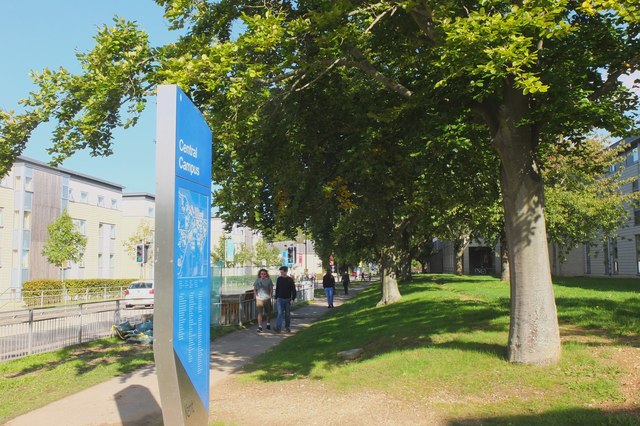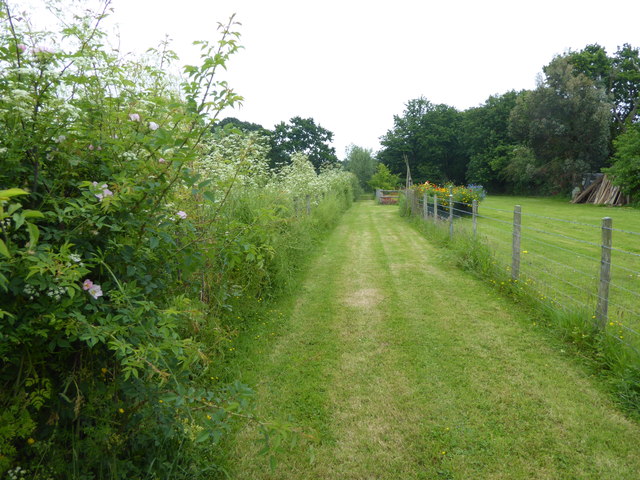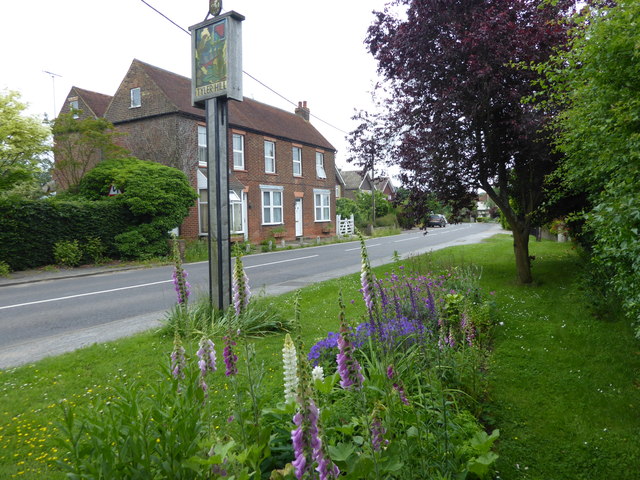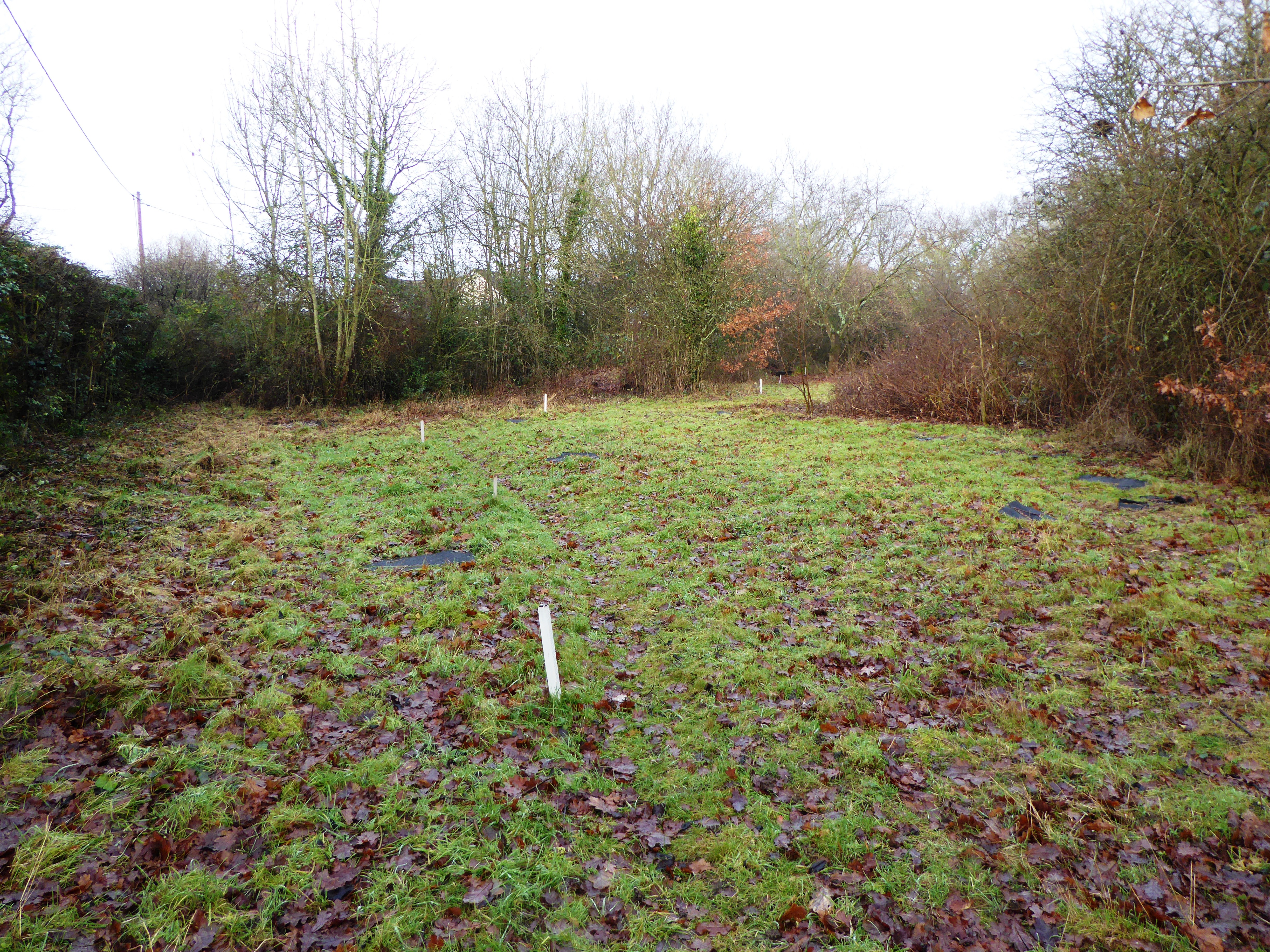Honey Wood
Wood, Forest in Kent Canterbury
England
Honey Wood
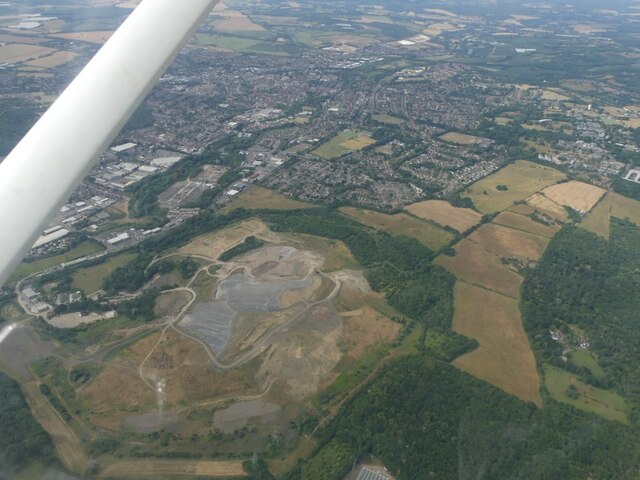
Honey Wood is a picturesque forest located in Kent, England. Covering an area of approximately 300 acres, it is a popular destination for nature enthusiasts and hikers. The wood is characterized by its dense canopy of deciduous trees, including oak, birch, and beech, creating a rich tapestry of colors throughout the seasons.
The forest offers a variety of walking trails, ranging from easy strolls to more challenging hikes, allowing visitors to explore its natural beauty at their own pace. Along the trails, one can encounter an array of wildlife, such as deer, foxes, and a diverse range of bird species.
Honey Wood is not only known for its natural beauty but also for its historical significance. It has been mentioned in records dating back to the 13th century, and remnants of ancient settlements, including medieval earthworks and a Roman road, can still be found within its boundaries. These archaeological features add an element of intrigue and fascination for history enthusiasts.
The forest is well-maintained, with designated picnic areas and benches for visitors to relax and enjoy the tranquility of their surroundings. Additionally, there are information boards along the trails, providing interesting facts about the flora, fauna, and history of the wood.
Overall, Honey Wood in Kent offers a serene and captivating experience for those seeking a peaceful retreat in nature or a glimpse into the rich history of the area.
If you have any feedback on the listing, please let us know in the comments section below.
Honey Wood Images
Images are sourced within 2km of 51.310023/1.0748015 or Grid Reference TR1461. Thanks to Geograph Open Source API. All images are credited.

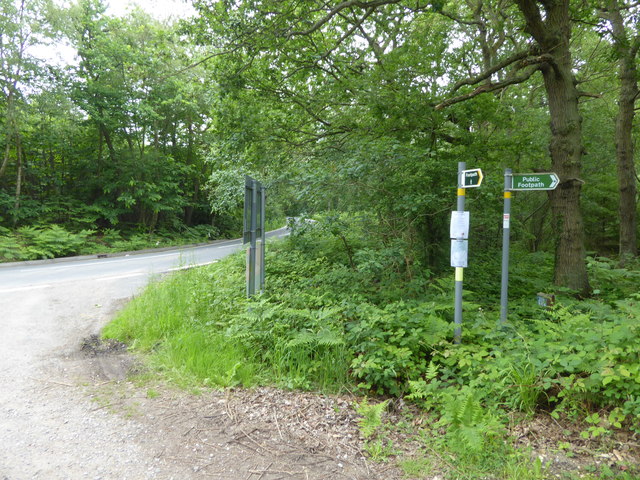
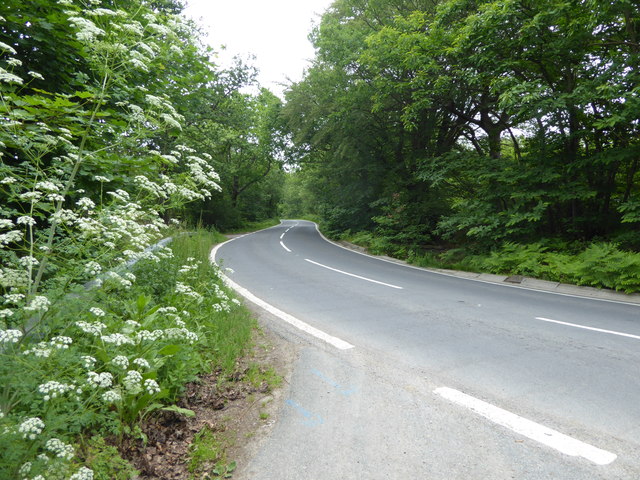
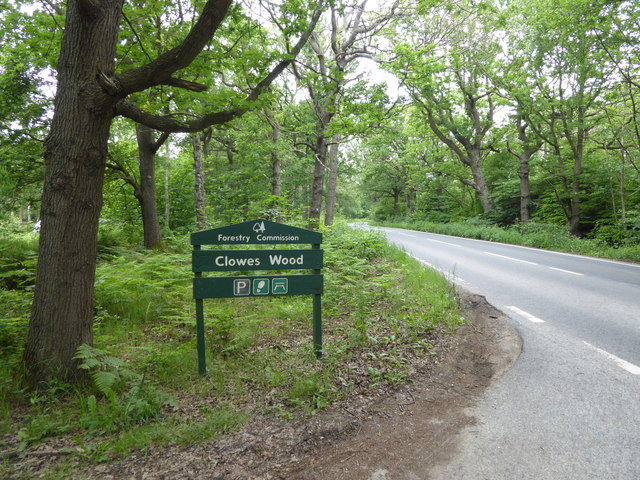
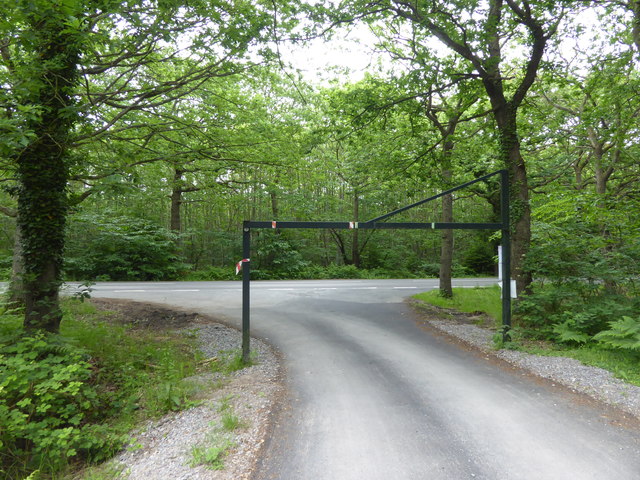
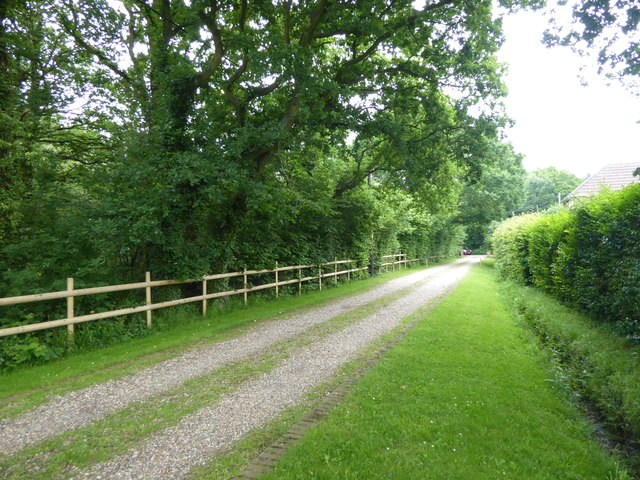
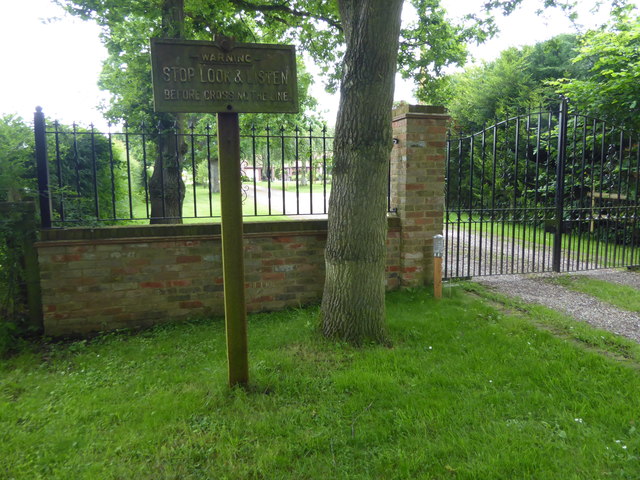
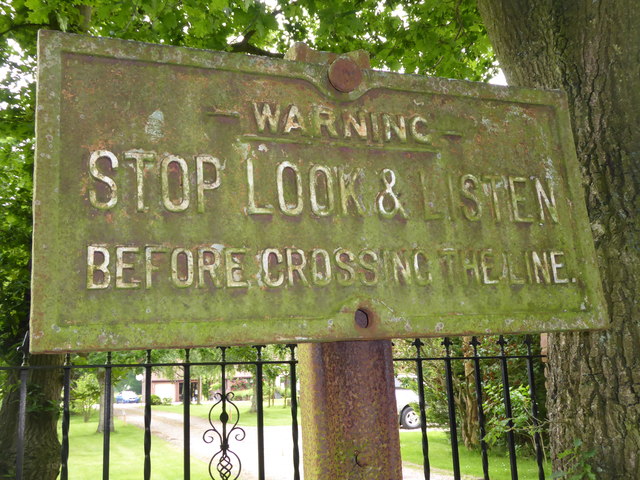
Honey Wood is located at Grid Ref: TR1461 (Lat: 51.310023, Lng: 1.0748015)
Administrative County: Kent
District: Canterbury
Police Authority: Kent
What 3 Words
///outlooks.milk.courtyard. Near Blean, Kent
Nearby Locations
Related Wikis
Hackington
Hackington is an area of Canterbury in Kent, England, also known (especially historically) as St Stephen's, incorporating the northern part of the city...
Tyler Hill, Kent
Tyler Hill is a small village on the northern outskirts of Canterbury, Kent in England. The population is included in the civil parish of Hackington. Its...
Tyler Hill Meadow
Tyler Hill Meadow is a 0.8-hectare (2.0-acre) Local Nature Reserve in Hackington, north of Canterbury in Kent. It is owned by Hackington Parish Council...
British Cartoon Archive
The British Cartoon Archive (BCA) is a department of the University of Kent, at Canterbury in Kent, England, and holds the national collection of political...
Blean and Tyler Hill Halt railway station
Blean and Tyler Hill Halt was a minor station on the Canterbury and Whitstable Railway at Tyler Hill, Kent. It opened in 1908 and closed in 1931. ��2...
University of Kent
The University of Kent (formerly the University of Kent at Canterbury, abbreviated as UKC) is a semi-collegiate public research university based in Kent...
Kent Business School
Kent Business School (KBS) is the business school of the University of Kent. Although there are two business schools known as KBS, generally people seem...
CSR 97.4FM
Canterbury Student Radio (CSR FM) is a membership based student and community radio station based in Canterbury, England. It is currently funded by Kent...
Nearby Amenities
Located within 500m of 51.310023,1.0748015Have you been to Honey Wood?
Leave your review of Honey Wood below (or comments, questions and feedback).


